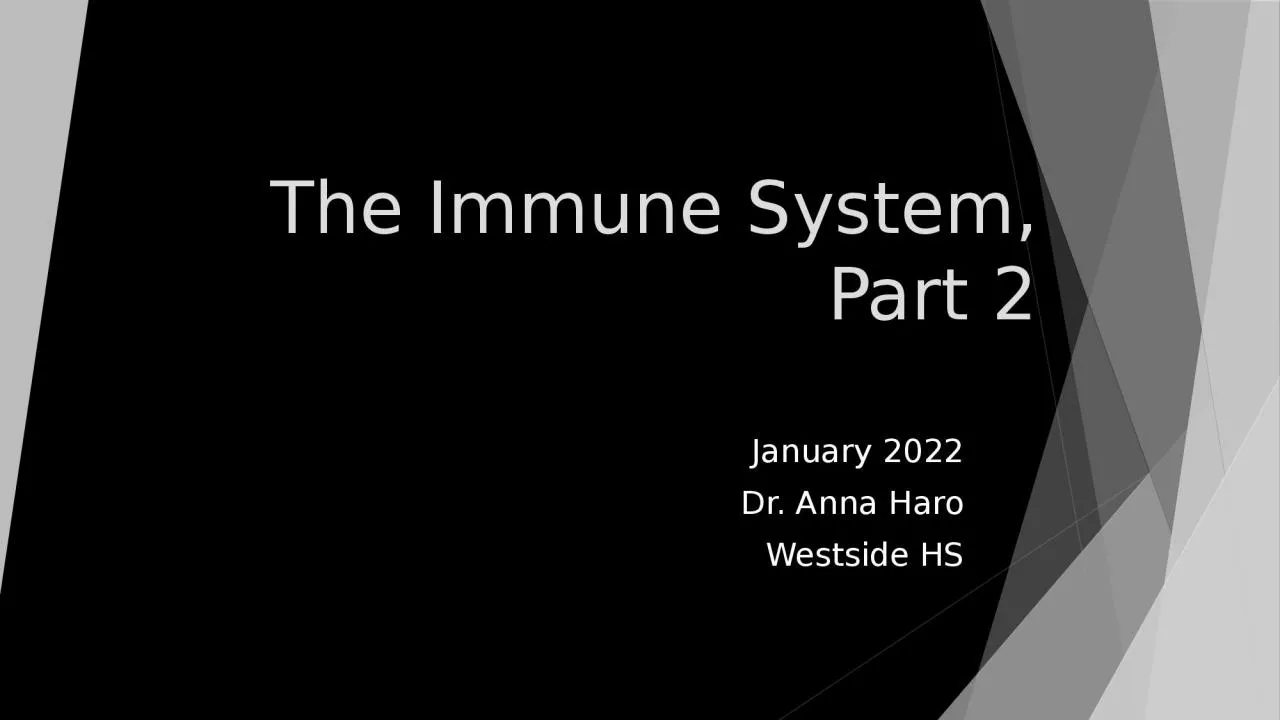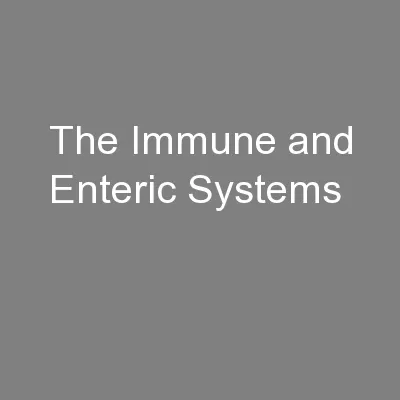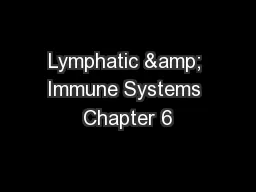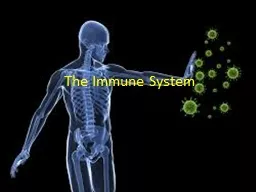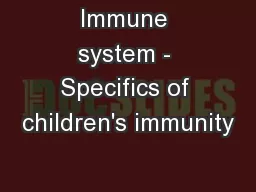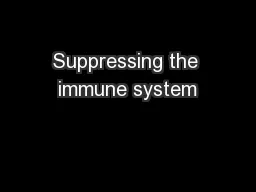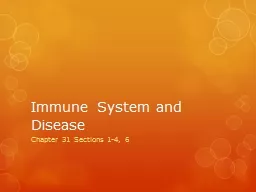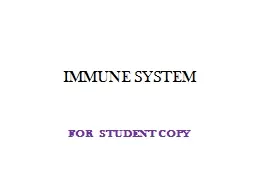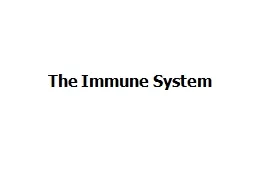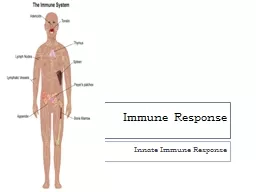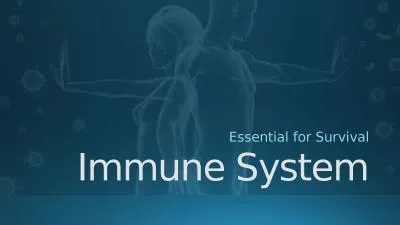PPT-The Immune System, Part 2
Author : jainy | Published Date : 2022-06-08
January 2022 Dr Anna Haro Westside HS LEARNING Objectives TEKS 130231 c 1A amp B and 130231 c 2A B C F amp G amp 3B Students will apply knowledge of human and
Presentation Embed Code
Download Presentation
Download Presentation The PPT/PDF document "The Immune System, Part 2" is the property of its rightful owner. Permission is granted to download and print the materials on this website for personal, non-commercial use only, and to display it on your personal computer provided you do not modify the materials and that you retain all copyright notices contained in the materials. By downloading content from our website, you accept the terms of this agreement.
The Immune System, Part 2: Transcript
Download Rules Of Document
"The Immune System, Part 2"The content belongs to its owner. You may download and print it for personal use, without modification, and keep all copyright notices. By downloading, you agree to these terms.
Related Documents

